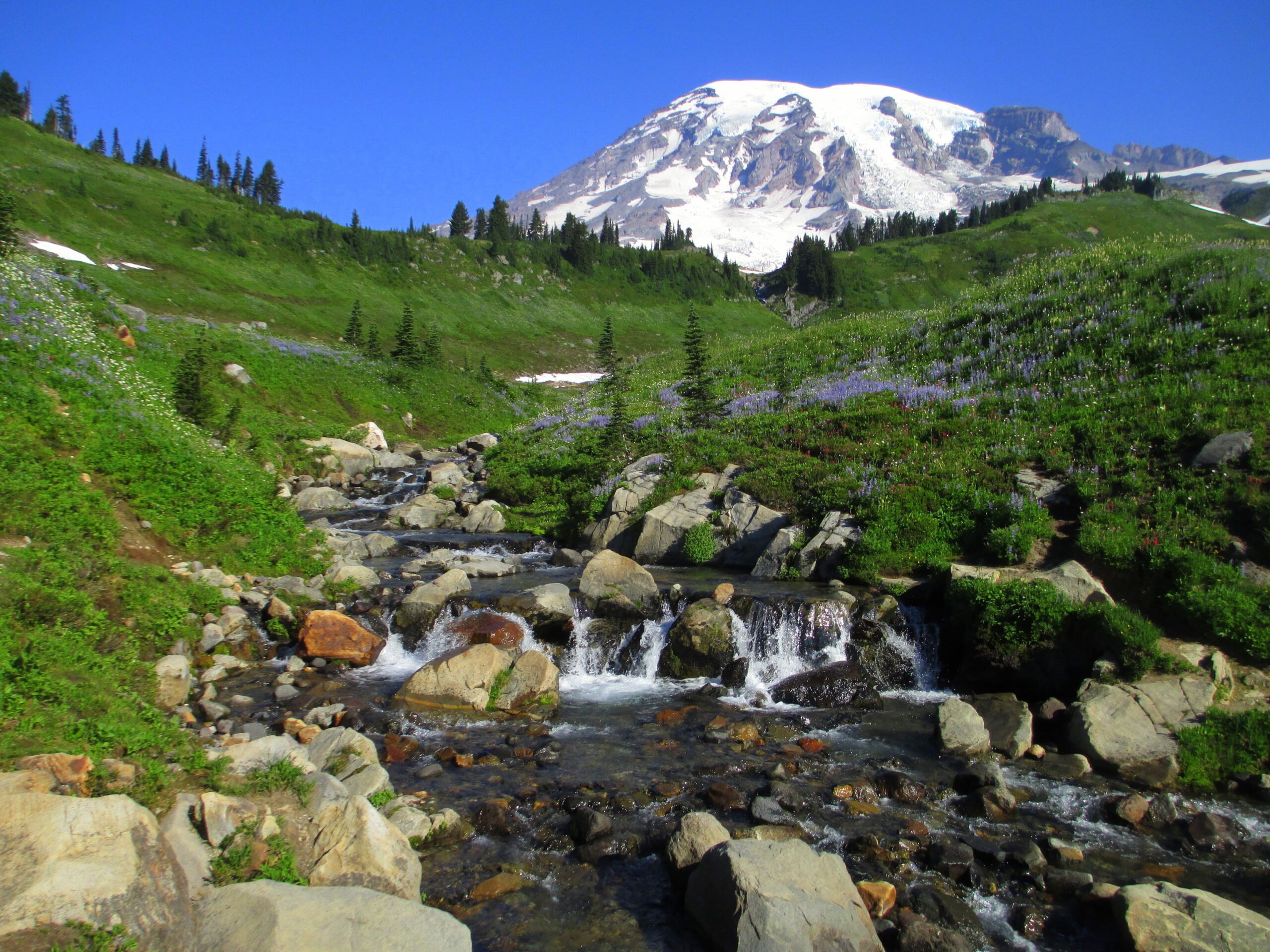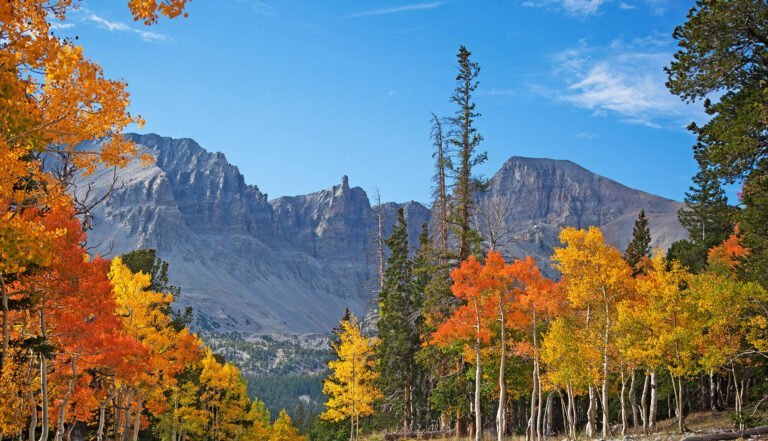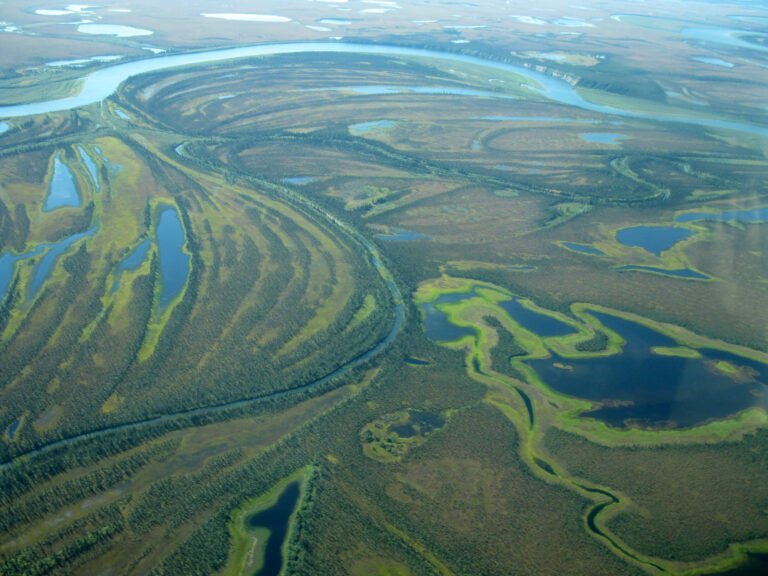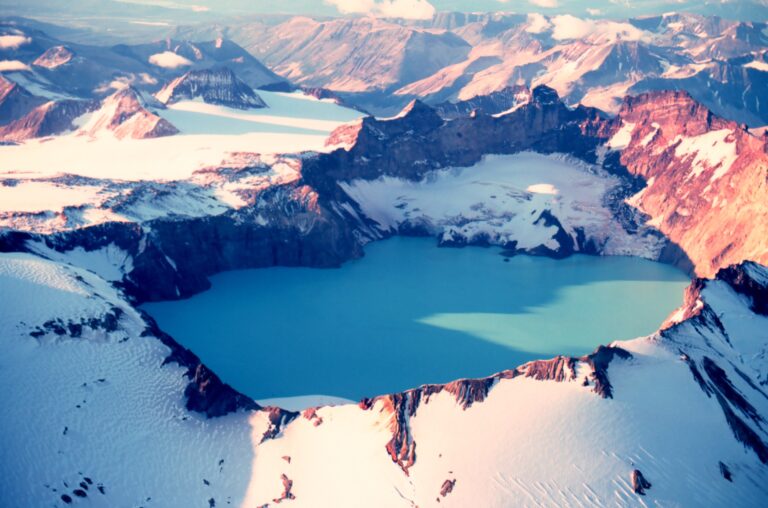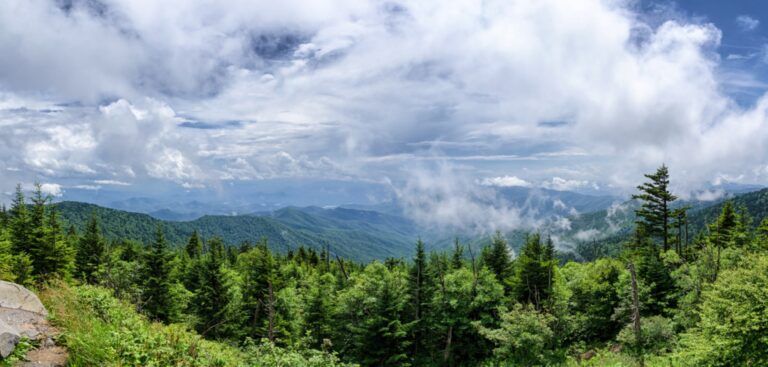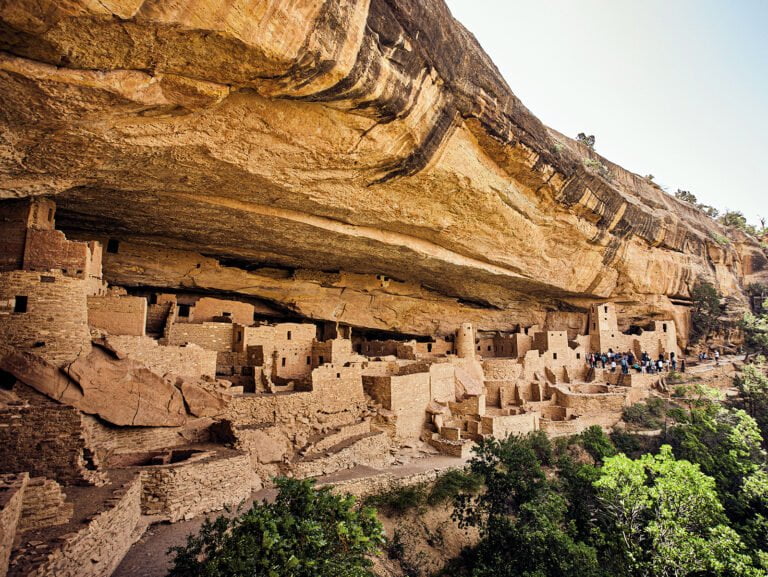Mount Rainier National Park
Mount Rainier National Park, spanning an impressive 236,380 acres, has been a cherished destination for nature enthusiasts and adventurers since its establishment in 1899. With an annual influx of 1.67 million visitors, the park offers a diverse range of experiences. In this article, we’ll delve into the best time to visit, the park’s firearm regulations, hunting policies, captivating features, and practical visitor information.
Best Time to Visit Mount Rainier National Park
For a truly remarkable experience, plan your visit to Mount Rainier National Park between the months of July and September. During this period, the weather is at its mildest, and the park’s breathtaking natural beauty is on full display. The snow has melted, and the wildflowers are in full bloom, creating a picturesque landscape that is perfect for hiking, photography, and exploring.
Firearms Information in the Park
Since February 22, 2010, a federal law has allowed individuals who legally own guns under federal, state, and local laws to possess them within Mount Rainier National Park. However, visitors must familiarize themselves with and adhere to all relevant gun laws.
Some areas within the park are designated as gun-free zones, and these are clearly marked with signs at public entrances. To stay informed about any changes, visitors can refer to the official Washington State website.
Hunting in Mount Rainier National Park
While federal law allows firearms within the park, the existing rules and regulations regarding hunting remain unchanged. Firearms cannot be used for hunting or any other purposes within the park. To gain a comprehensive understanding of hunting laws in Washington, interested individuals can access additional information via relevant sources.
Discovering Mount Rainier’s Unique Features
Mount Rainier, a colossal supervolcano adorned with glaciers, is a majestic presence visible from both Seattle and Tacoma. Situated on the Ring of Fire, it forms part of a chain of volcanoes and seismic activity along the Pacific Ocean. Despite its ominous title as a supervolcano, Mount Rainier has not erupted in over two centuries, making it a geological wonder.
Rising to an impressive height of 14,410 feet, the mountain entices climbers to embark on an exhilarating journey. Each year, around 10,000 climbers heed its call, attempting to conquer its icy summit. Notably, it was on these slopes that Jim Whittaker trained for his groundbreaking ascent of Mount Everest, marking a significant moment in American mountaineering history.
The park’s allure extends beyond climbing, as hikers flock to its wildflower meadows adorning the lower slopes. These vibrant meadows showcase a palette of colors, featuring blue-purple alpine asters, red harsh paintbrush, white avalanche lilies, and yellow buttercups. Meanwhile, those who seek the embrace of ancient forests can explore dense stands of Douglas fir, mountain hemlock, and western red cedar.
Mount Rainier National Park Camping
Camping is popular in Mount Rainier National Park. The park offers over 1,600 campsites across three drive-in campgrounds and seven primitive, trail-accessible campgrounds for backcountry expeditions. Reservations are highly recommended for the drive-in campgrounds during peak season.
Visitor Information and Fees
To make the most of your visit, familiarize yourself with the visitor fees:
- $15.00 per person/cyclist for up to 7 days
- $30.00 per vehicle for up to 7 days
- $25.00 per motorcycle for up to 7 days
- $55.00 for a Mount Rainier Annual Pass
For those with a keen interest in visiting multiple national parks, the America The Beautiful Annual Park Pass is an excellent option. Priced at $80, this pass grants access to all U.S. National Parks and offers discounts for seniors, military personnel, and other categories.
Visitor Centers: Your Gateway to Exploration
The park boasts several visitor centers that enhance your understanding and appreciation of Mount Rainier’s wonders:
- Longmire Museum
- Address: Longmire Museum, Ashford, WA 98304
- Phone Number: 360-569-2211
- Hours of Operation: Daily – 9:00 AM–4:30 PM
- Seasonal closures should be verified.
- Henry M Jackson Memorial Visitor Center at Paradise
- Address: Paradise Rd E, Ashford, WA 98304
- Phone Number: (360) 569-6571
- Hours of Operation: Daily – 10:00 AM–4:30 PM
- Open year-round, weekends only in winter (generally October-May)
- Ohanapecosh Visitor Center
- Address: Randle, WA 98377, USA
- Phone Number: (360) 569-6581
- Hours of Operation: Daily – 8:00 AM–6:00 PM
- Generally open late June through mid-September
- Sunrise Visitor Center
- Address: Sunrise Park Rd, Ashford, WA 98304
- Phone Number: (360) 663-2425
- Hours of Operation: Daily – 8:00 AM–6:00 PM
- Generally, open July through mid-September
Conclusion
Mount Rainier National Park, a true natural treasure, beckons visitors with its stunning landscapes, rich history, and recreational opportunities. Whether you’re an avid climber, a passionate hiker, or a curious explorer, this park offers an array of experiences that are sure to leave a lasting impression.
FAQs;
Q1: Can I bring firearms into Mount Rainier National Park?
Yes, individuals who legally own guns under federal, state, and local laws can possess firearms in the park, but certain areas are designated as gun-free zones.
Q2: What is the best time to visit the park?
The ideal time to visit is between July and September when the weather is pleasant, and the wildflowers are in full bloom.
Q3: Are there any restrictions on hunting within the park?
Firearms cannot be used for hunting or any other purposes within Mount Rainier National Park.
Q4: What is the cost of visiting the park?
Visitor fees range from $15.00 per person/cyclist to $55.00 for a Mount Rainier Annual Pass.
Q5: Is Mount Rainier in Alaska?
No, Mount Rainier National Park is located in western Washington state, about 54 miles southeast of Seattle. It is not located in Alaska.
Q6: Why is Mount Rainier National Park famous?
Mount Rainier National Park is most famous for its namesake, the 14,410-foot-tall Mount Rainier volcano. This active stratovolcano is the tallest mountain in Washington and the Cascade Range.
The park is also renowned for its old-growth forests, wildflower meadows, glaciers, waterfalls, and abundant wildlife. Historic inns and terrain attract climbers, hikers, and mountaineers from around the world.
Q7: Which visitor centers can I explore in the park?
The park has several visitor centers, including Longmire Museum, Henry M Jackson Memorial Visitor Center at Paradise, Ohanapecosh Visitor Center, and Sunrise Visitor Center.
